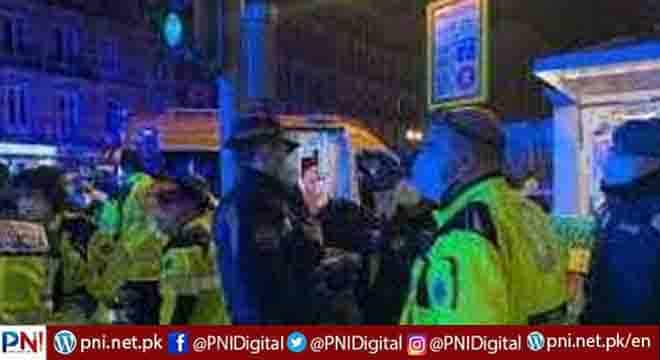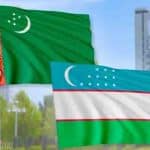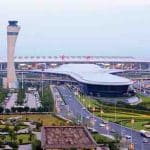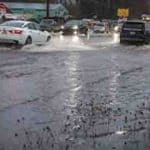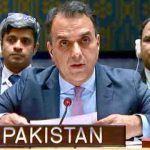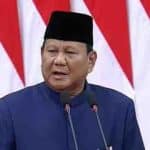Madrid, Feb 12 (AFP/APP):With two dead in machete attacks during a string of Latin American gang fights last weekend, Madrid police have launched a crackdown to prevent further bloodshed by youngsters seeking revenge.
The Guardia Civil police on Thursday said they had arrested 11 people on suspicion of belonging to “Dominican Don’t Play” (DDP), a street gang which first appeared in New York in the 1980s with a similar version emerging on the streets of Madrid.
The gang members were arrested in connection with a fight with the rival Trinitarios, another street gang also of Dominican origin which emerged in New York around the same time.
Three of the detainees are suspected of involvement in the killing a 25-year-old man of Colombian origin “who belonged to the Trinitarios”, police said. The victim was attacked in southern Madrid last Saturday night.
The same day, a 15-year-old boy was killed outside of a nightclub near Madrid’s Atocha train station and another 17-year-old suffered serious stab wounded in a northern district of the capital in what police said were both gang fights.
More than 1,330 police and Guardia Civil officers have now been deployed across the region’s streets “to find and identify gang members” in a bid to avoid any revenge attacks.
But last weekend’s bloodshed “is not a one-off,” Carles Feixa, an anthropologist at the Pompeu Fabra University in Barcelona, told AFP.
“There have been four or five years of ongoing clashes that are the result of an internal conflict within these groups that often result in rifts,” said Feixa, the main investigator with Transgang, a university research project into street gangs.
Given that such clashes have been exclusively handled by the police and that there has been “no attempt to try any other form of mediation to resolve these conflicts, things have just got worse”, said Feixa, who has written a book called: “El rey: Diary of a Latin King”.
– ‘We have a problem’ –
“We have a problem with street gangs,” Madrid’s regional interior minister Enrique Lopez admitted in an interview with Telemadrid TV channel.
According to the 2021 edition of the Latino Gangs Observatory, an annual report put out by the evangelical Christian Help Centre, some 2,500 young people belong to such groups in Madrid, one in five of whom are under 13.
“Recruitment within educational centres has grown during the pandemic” due to the closure of nightclubs which were the main way of finding new members, the report says, indicating the gangs bring in almost 10 million euros in membership fees.
The Ñetas, the Latin Kings, the Trinitarios and the DDP are the biggest gangs in the Madrid region but there are also smaller groups such as the BLOOD, the Forty Two, the Mara Salvatrucha and the 18.
The names echo those of other Latin street gangs in New York, Los Angeles and Chicago but in Madrid, its young members were mostly born in Spain.
– ‘As Spanish as you or me’ –
“These ‘Latin’ gangs are second-generation immigrants, as Spanish.. as you or I,” protested Madrid’s regional leader Isabel Diaz Ayuso after a far-right Vox lawmaker lashed out over the violence, claiming “illegal immigrants are causing real terror in our neighbourhoods”.
The gang members are a mix of nationalities, Feixa says.
“As well as Dominicans, we see other Latin American nationalities as well as young Spaniards from poor and working-class neighbourhoods,” he told AFP.
More than their origin or nationality, what really sets them apart is “the social exclusion they suffer when compulsory schooling ends” at 16, he said.
“When you don’t have any alternative, what’s left is the street, the gang and petty crime,” he says, pointing to the effect of the 2008 financial crisis and the current economic crisis caused by the coronavirus pandemic.
Although some resort to drug dealing, there is no evidence of the gangs hooking up with large-scale drug trafficking outfits, which would be very dangerous, he warns.
“They would be the ideal army for any criminal operators.”
Follow the PNI Facebook page for the latest news and updates.


